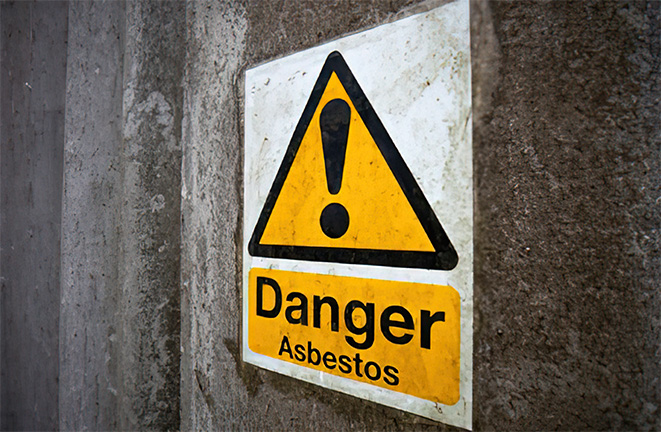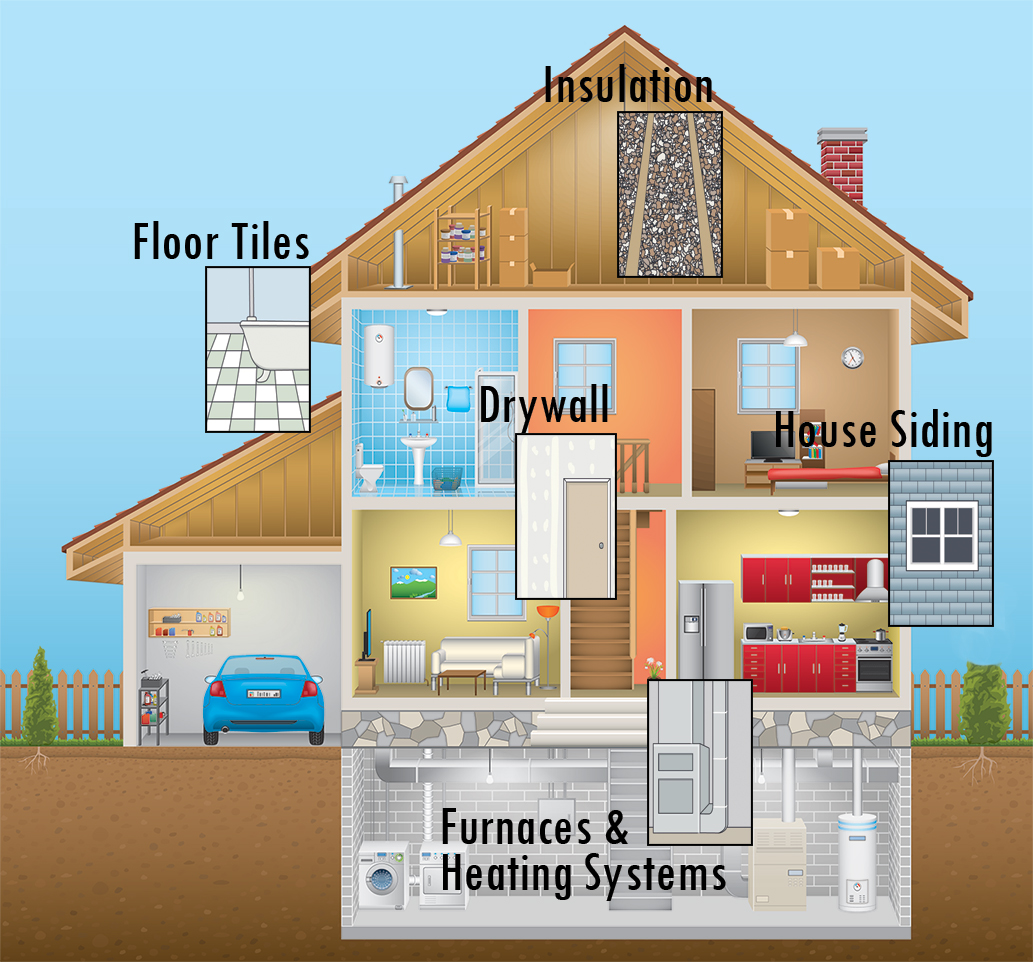-
Asbestos in Older Homes
What is Asbestos?
Asbestos is a naturally occurring fibrous mineral. It has been used as far back as the Stone Age in ceramic pots. Its properties were found to have an excellent ability to be a great insulator in thermal and electrical applications, with the added benefit of being fire-resistant.

Asbestos in Canada
With that in mind, you can see how the residential construction industry thought it was a good idea to use this in applications such as insulation. Of course, today, we know better. But that wasn't always the case, as “In fact, the carcinogenic fibre has been part of the fabric of Canadian life for at least 130 years” (CBC Radio, 2016). It was only in the 1970s that the dangers were more widely acknowledged, even though asbestos was initially found to be dangerous around the 1930s by German doctors.
It was not until recently that the government of Canada finally made rules banning products containing asbestos, not in the 1980s, 1990s, or 2000s, but in 2018.
One of the reasons? While asbestos mining was gone in almost all provinces in Canada, it continued only in Quebec with the backing of the Quebec and Canadian governments. While other countries banned it, the Canadian government tried to promote it. “In 1984, Ottawa established The Asbestos Institute, a non-profit organization to promote the safe use of white asbestos.” They tried to maintain the ability to export the material to others: “In fact, the Canadian government fought to keep asbestos off a U.N.-sponsored list of dangerous substances.” (CBC News, 2009) -
Want to know more about Asbestos?
We only touch the surface of asbestos here. Looking for more information?
Useful Links from Asbestos.com
-
Health issues
The problem with asbestos is breathing in the fibres. This can cause several health problems in people such as lung cancer, mesothelioma (line layer of tissue that covers an organ), and asbestosis (causing lung tissue scarring). But remember that the health problems related to this are caused by high levels of exposure to the fibres over several years, and the symptoms appear much later. Exposure to small amounts is usually not a problem for a person's health.
Even if there were asbestos found in your home, that does not necessarily mean you are going to experience these health issues. If the asbestos is not disturbed, then the fibres will not to released into the air in the house, and you are not breathing in the fibres.

-
Where in the house was Asbestos used?
The older the house, the greater the chance there asbestos was used. On the other hand, it's also likely that previous owners of the house have also mitigated any asbestos used in the house if they knew it existed.
Some of the more common building materials asbestos was used were insulation, paint, floor tiles, and house siding. As insulation, it was used in hot water pipes and tanks. Vermiculite-based insulation may also contain asbestos, so it could be in the attic space in older homes. As floor tiles, they can be found in resilient floor tiles, vinyl sheet flooring and adhesives. That is why, if renovating an older home, these should not be disturbed and removed without a professional mitigation team with proper protection. -
What to do if you think you have found asbestosEven though not disturbing the material will not release the fibres and thus will not harm you, if you have a family living in the house with pets, there is always the chance someone will disturb the materials by accident. For peace of mind, we always suggest complete removal is the best course of action. The other option is to seal the material by treating it, to ensure the fibres are bonded or coated.
If you think there is asbestos in the house, don't panic, don't touch or move the material such as insulation, and get a professional to confirm and test the material with proper.








